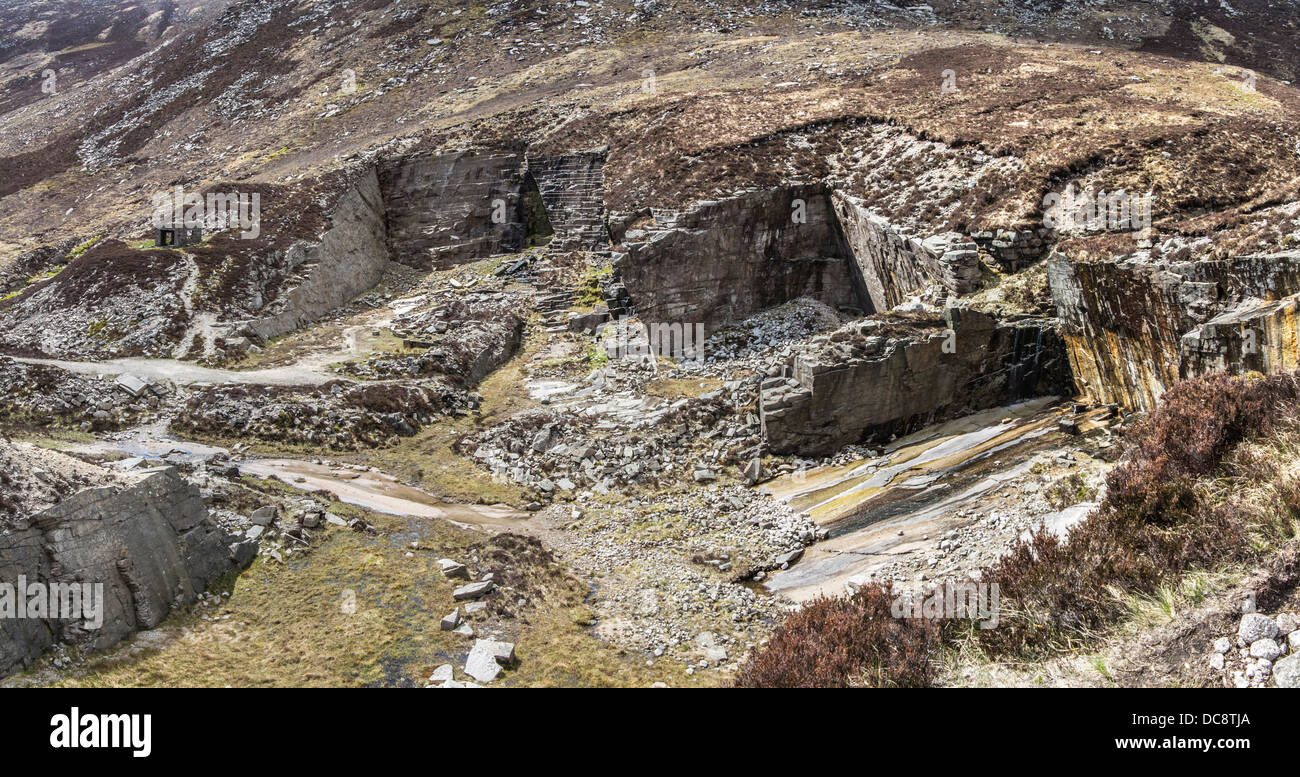Exploring Granite Quarries in South Africa: A Comprehensive Overview
Wiki Article
Uncovering the Rich History and Sustainable Practices of Granite Quarrying
As we base on the precipice of uncovering the complex tapestry of granite quarrying, a journey with time discloses not just the physical act of removing stone however additionally the cultural and historic value woven into the extremely textile of this practice. From the ancient beginnings that laid the structure for modern quarrying strategies to the sustainable methods that are forming the future of this industry, each sculpt mark on granite surface areas tells a story waiting to be discovered (granite quarries in south africa). The heritage of granite quarrying stretches far beyond plain extraction; it is a testament to human resourcefulness, strength, and the enduring allure of this impressive stoneAncient Origins of Granite Quarrying
Dating back to old human beings, the practice of quarrying granite has been an important component of human background and building advancement. The earliest evidence of granite quarrying dates back to ancient Egypt, where enormous pyramids and complex sculptures were crafted from this sturdy rock. The Egyptians utilized primitive tools to extract granite blocks from quarries, showcasing the significance of this material in their monumental buildings.Progressing in history, the Greeks likewise made considerable contributions to the quarrying of granite. The Greeks utilized granite in different architectural marvels, such as temples and statues, demonstrating their ability in shaping and sculpting this durable rock. The Romans additionally improved the strategies of quarrying granite, utilizing sophisticated tools like blades and hammers to extract and shape granite for their iconic frameworks.
Via the centuries, the method of quarrying granite has developed, with modern technologies boosting performance while preserving the ageless appeal of this natural rock - granite quarries in south africa. From old worlds to contemporary builders, the heritage of granite quarrying proceeds to shape our globe
Advancement of Quarrying Methods
The evolution of quarrying techniques has been noted by a continual development in the direction of higher effectiveness and precision in removing granite. From the fundamental techniques employed by our forefathers to the advanced technologies made use of in contemporary quarrying operations, the sector has undertaken considerable developments. Early quarrying strategies included manual work with standard tools such as knives, hammers, and wedges to draw out granite blocks from the planet. As worlds proceeded, methods like fire-setting and primitive explosives were presented to facilitate the removal process.In more current times, the advent of machinery changed the quarrying industry, allowing much faster extraction rates and boosted productivity. Technologies such as diamond cable saws, high-pressure water jets, and pneumatically-driven drills have ended up being typical in modern quarries, permitting specific cutting and reduced waste. Improvements in computer-controlled tools and 3D modeling have actually optimized quarrying operations, leading to minimal environmental effect and enhanced sustainability methods. As the need for granite remains to climb, you could check here the development of quarrying methods stays important to conference sector requires successfully and sustainably.
Cultural Importance of Granite
Granite holds an extensive cultural significance throughout various human beings due to its enduring visibility in architectural work of arts and respected monuments. The social significance of granite expands beyond its physical features; it embodies strength, stability, and eternity, making it a symbol of withstanding heritages and customs.
Lasting Practices in Quarrying
Amidst the abundant background of granite quarrying and its cultural value exists a growing focus on sustainable practices within the sector. As environmental awareness and problems regarding resource exhaustion have enhanced internationally, the quarrying industry has actually progressively embraced lasting methods to decrease its effect on the environment and bordering communities.
Furthermore, reclamation and rehabilitation of quarry sites post-extraction are integral to lasting techniques. By recovering quarried locations to an all-natural or helpful state, such as developing wild animals habitats or recreational spaces, quarriers can offset the ecological impact of their procedures and contribute positively to the neighborhood ecological community.
Heritage of Granite Quarrying
With a historic background steeped in workmanship and commercial development, what enduring impact has granite quarrying left on the landscape of modern-day culture? The tradition of granite quarrying transcends plain removal practices; it has actually formed architectural wonders, city landscapes, and cultural heritage worldwide. The durable nature of granite has actually made it a favored choice for monoliths, structures, and infrastructure, standing as a testimony to the skill and artistry of quarry employees across generations.Moreover, the financial footprint of granite quarrying can not be forgotten. The market remains to give employment possibility and drive neighborhood economic climates in regions where granite removal prevails. It has actually also stimulated technological advancements in quarrying methods and equipment, causing much more reliable and sustainable techniques.
In terms of sustainability, the heritage of granite quarrying consists of efforts to alleviate ecological impacts with recovery projects and responsible resource monitoring. By stabilizing economic rate of interests with ecological stewardship, the sector strives to guarantee that future generations can proceed to profit from this long-lasting natural resource.
Final Thought

Report this wiki page